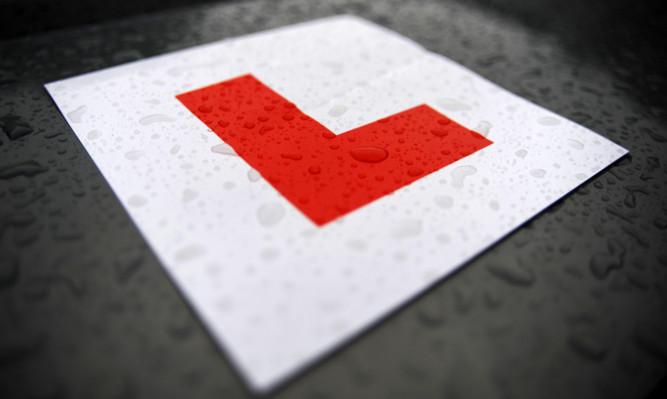Three in five motorists think older drivers should be forced to retake the driving test when they reach 66, according to a survey.
A majority of 17 to 24-year-olds would like to see a test retaken at the even younger age of 63, the Auto Trader survey showed.
The poll of 3,763 motorists also revealed that 73% feel concerned when driving behind an older motorist, while 26% feel unsafe when being driven by a driver over the age of 65.
Also, 65% think older drivers should be subject to medical checks such as regular sight and coordination checks, while 30% think the Government should reduce the number of points older drivers are allowed before they lose their licence.
The poll also showed that 21% believe the regulations in place to monitor older drivers are insufficient.
Auto Trader pointed out that people aged over 70 made up 9% of all drivers but were responsible for only 6% of driver casualties, while motorists under 30 make up 20% of drivers but 35% of casualties.
The poll also revealed that 57% of consumers who have to travel over 10 miles to visit family and friends have had to decrease the amount they visit them due to rising travel costs.
Also, 71% think fuel prices are rising faster than any other mode of transport.
Auto Trader group director Nathan Coe said: “Any correlation between growing old and driving safely is not straight-forward, making it difficult for Government to enforce a one-rule-fits-all policy.
“Driving is a combination of experience, attitude, physical health and brain function. We of course want to help people to stay on the roads for as long as they are safe to do so and to help them find the car that may be best suited to their needs.”
Peter Rodger, chief examiner at the Institute of Advanced Motorists, said: “It is important to recognise that older drivers are under-represented in statistics, meaning they are involved in fewer crashes that result in injury than the average.
“There are plenty of options for older drivers who may be worried about whether they are safe on the road including an objective assessment of their driving skills and driving refresher courses.”
